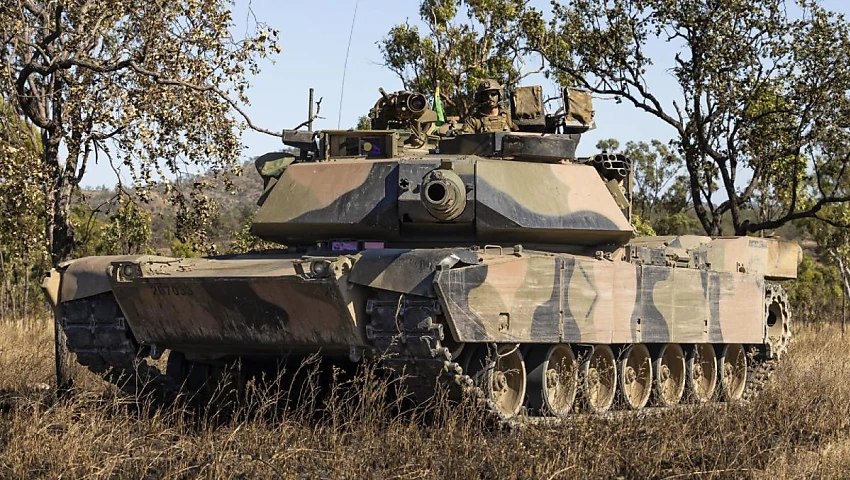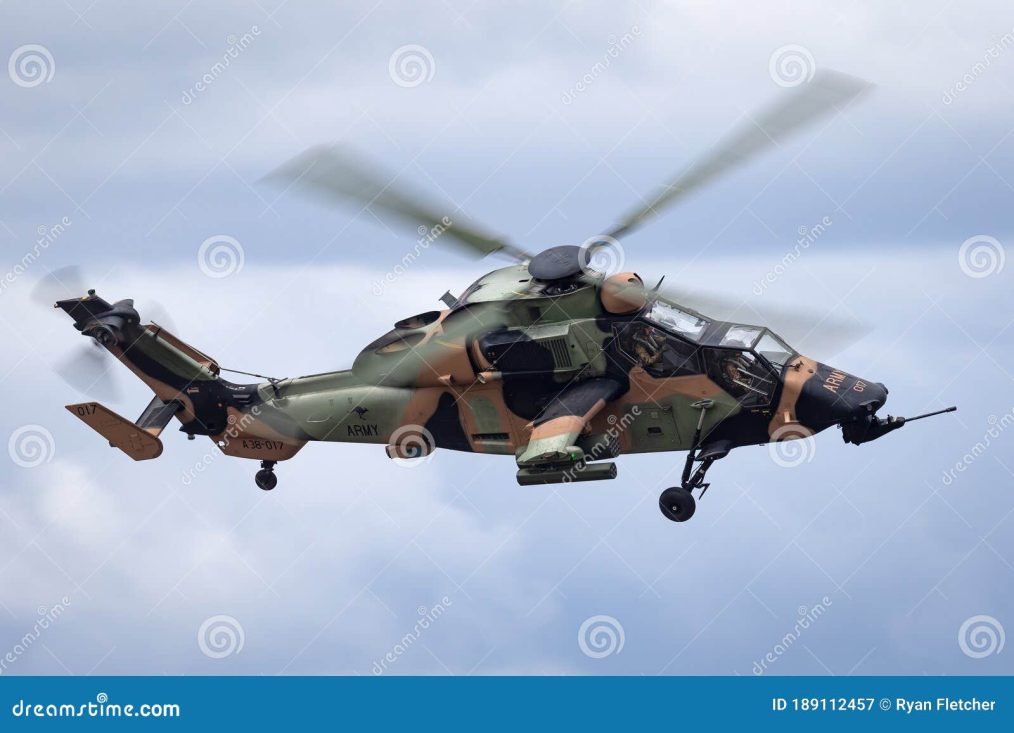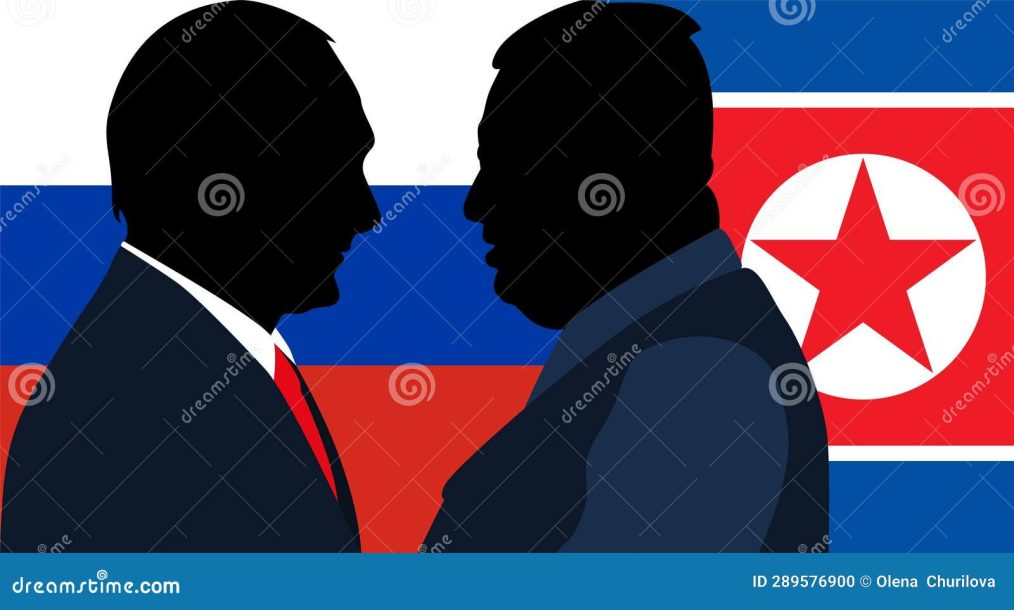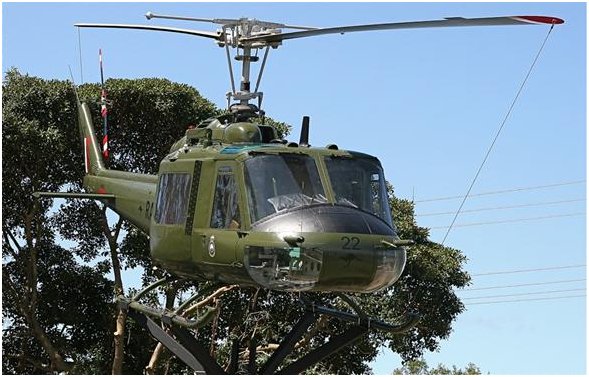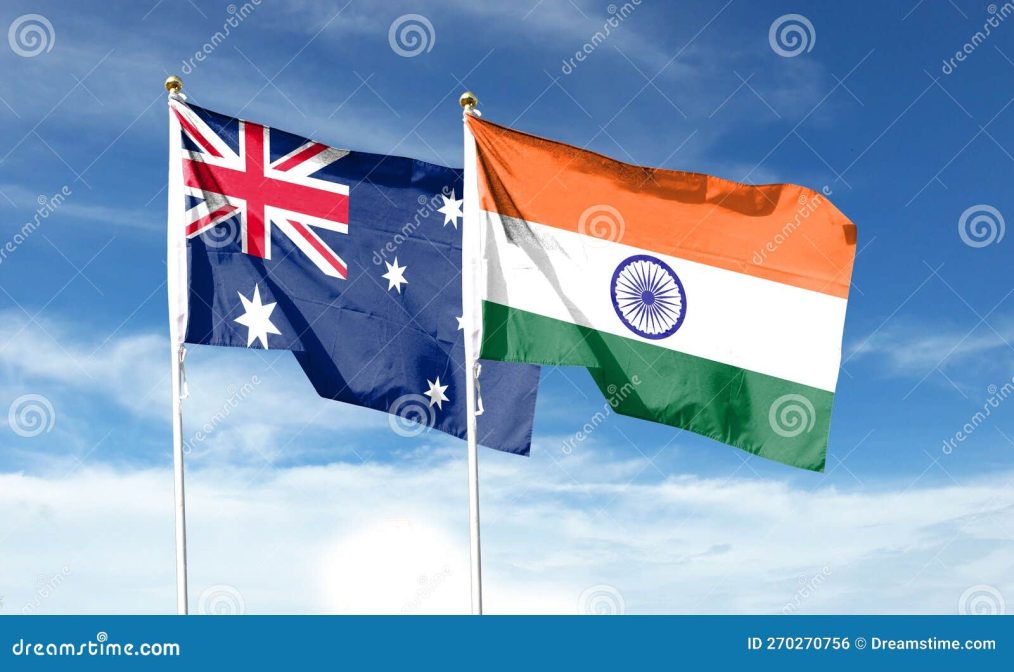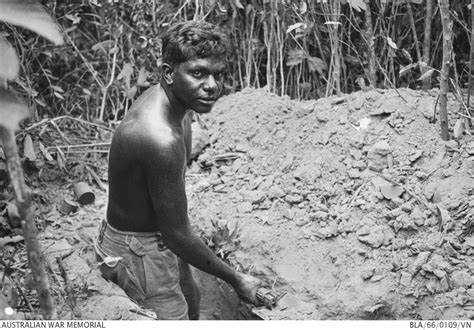Courier Mail – Mike O’Connor
As the Department of Home Affairs struggled to deal with thousands of visa applications from Gaza and Lebanon earlier this year, the head of the department made a momentous decision.
As the backlog of applications, some with national security implications, increased and a legal and political maelstrom swirled around our immigration policy, Home Affairs secretary and department head Stephanie Foster was worrying herself with “cultural reforms.”
Accordingly, she ordered staff to remove the Australian flag from the photographs of senior officials that appeared on the department’s website, a website you would presume would be accessed by those seeking to come to our country.
The reason offered by Ms Foster to the Senate estimates hearing at which she was being questioned was that she felt that the presence of the flag made the photographs appear too formal.
Fearful that an image of the Australian flag would, by an extravagant stretch of the imagination, somehow intimidate, upset or otherwise cause distress to a person or persons unknown and in the absence of any proof that this had ever occurred, she ordered it to be removed.
Better to be on the safe side, just in case someone complained.
Here then is a microcosm of the attitudes that have come to infect politics, the public service, the corporate world and tertiary education and against which a large proportion of the American electorate rebelled last week.
Enough, they cried, is enough. Down here at the bottom of the world, resentment at the state of the nation is still simmering and has yet to boil over and manifest itself in political revolt but that day is coming.
As a male, I’ve had a gutful of our sex being demeaned as misogynistic abusers of women to the point where young men are accused of being part of a culture which is now tagged as “toxic masculinity” and are made to feel guilty because they are men.
Bad men do bad things but the other 99 per cent respect the women in their lives so let’s hear it for all those men who love and protect their partners and work hard to provide a safe and comfortable life for them and their offspring.
Is it possible that we are beginning to see the pendulum begin to swing back to the right and herald the end of the diversity, equity and inclusion doctrine that has become mantra for all those people who would seek to hide their own inadequacies and failings behind the DEI shield?
If you seek an example of how DEI works, look no further than its flag bearer US president Joe Biden who declared that his running mate would not be the person most eminently suited to be the leader of 335 million people in the event of his demise but the one who ticked the most DEI boxes.
Women, his team theorised, would vote for Kamala Harris because she wasn’t a man and blacks and Latinos would because she was not white. They did none of these things. Instead, they looked beyond the ticked boxes and saw a person who in their estimation was ill suited to be their president.
We’ve gone a long way down the “woke” track in this land of ours and reached a point where we jump at shadows, fearful of causing offence and of being accused of misogyny, bullying, racism, fascism and Islamophobia.
Hundreds of thousands of taxpayer dollars are spent on welcome-to-country ceremonies that no one asked for and which are meaningless, but no one has the courage to put an end to them for fear of being accused of one or more of the “isms.”
Corporations spend large amounts of money on consultants who lecture their employees on how to best avoid offending their workmates and then more money on people who console the shattered emotions of someone who has been told that their performance is sub-standard.
The expectation is that everyone is above criticism. People can be lazy, rude and incompetent but no one dares mention these failings or do anything to correct them lest they be branded a bully.
We have been played for mugs for too long and taken the easy way out, going along with the endless demands of the entitled in the hope of avoiding conflict, aided and abetted in this by weak, spineless politicians who bend with the wind and aspire only to keep their snouts in the trough.
Enough is enough.

